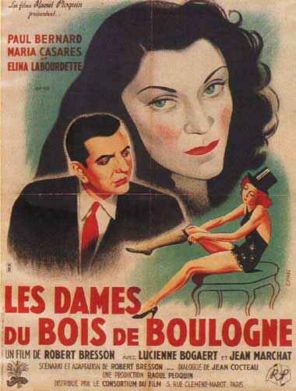
War erases memory. How? One chooses to forget (against one's own will, but in accordance with desire's tyranny over the emotions).
...
26 rabid dogs will become 26 wailing palestinian women. Symbolic moral of the story.
...
A film that owes much to Resnais' Nuit et brouillard: the camera captures selectively, so too doth the memory: but the progression from animation to live action, and from live action to documentary, is an arduous, bitter, and tormenting road. (Analogous to the concept of Purgatory - in which images are cleansed of their illusion, and made carnal; or conversely, in which flesh is stripped from the spirit, on the path toward purity of form.)
So we pass forth from israeli postmodern nihilism to inner jewish anguish. The palestinians are the jews of the holocaust; so we learn. And the bitter pill of total recall posits that the israelis mimicked the old satanic beast of the 3rd Reich; so does history repeat itself, against the will of the many.
...
The film raises questions on whether animation diminishes the impact of reality, and especially whether it is able to mitigate the harsh realism of war: we are exposed to animation of lower speed, a speed so slow as to grate on our minds made oversophisticated by the Disney and Pixar films, yet compensated by the glaring stark colorisation and the thick-bold stenciled renditions of the characters. An animation film filmed in the yellow and gray of rubble & decay, and in the blacks and whites of war-ruminations. Does war emanate well and truly, on this plane of fiction? No, it does not: but then, does film have at all the capability to render the authentic history with its brutality and its dry irrational serenity intact? Perhaps it can, very often it does not: it will in any case manifest, as the 'fog of war' perennially will, a dream-state that either denies our involvement or barely, sluggishly implicates it. We struggle to be 'involved' in the realism of war: we are either the voiceless dead, or the former soldier who in his isolation is unable to communicate the power with which fear overtook & shot through him like cold thunder in his swift blood, making him a stranger to his own remembrance, a stranger to his own experience, which now so distant, comes across as a fable lived by an Other: a killer, a victim, a coward. One does not readily admit to being any of these: so one constructs fables, which one is at liberty to animate, to paint over, to give humor to.
But precisely when we have grown tired of what could have possibly been (did the massacre take place? did we do enough to prevent it? were we there when the boy was blown to bits by the rocket that the comrade shot? perhaps we were there, and just as now, we then had no voice, no will, no way of stopping what became a memory, a falsified photo, a video, an animation of atrocious acts that took place somewhere in time, irreversible) ...precisely then, when we are most distant from the mysterious iniquity that upsets our sleep each and every night, does the cavalcade of cries uproot us from our ignorance, assailing us with the thunderous lament of ghosts who continue to dwell frightfully in the camera lucida of memory.
The director wishes to wake us up from our placid sleep of cartoons: that is his mission, and it is, as point of reference in cinematic art, a paradoxically timely and tardy one: timely because he is a citizen of his country who speaks (in)directly to his generation - tardy because the film attempts to work as an evil curse does, to steal our sleep by forcing us to witness what occurs when the cartoon-sleep like ghoulish paint - like a mask on the demon's visage - peels away from the scorched surface of news-video-realism.
It is however to the director's detriment that in spite of his perceptibly honorable purpose, the film does not build up with efficacy the rhythm that more capable directors have mustered in war-films that were, ironically, purely fictional. He begins with fiction and ends with nonfiction, starkly, too starkly. The dramatic rhythm which he creates in the first half of the film is destroyed by the introduction of pseudo-documentary interviews with personages (still animated) connected to the massacre at the heart of the film: these accounts end up lulling the viewer rather than captivating the intelligence: we are enjoined to treat these accounts as authentic, and to feel a sense of guilt over the proceedings. But the transition is overly intellectualized, and the obviousness of the animation/news-footage, or fiction/nonfiction dichotomy belabored past sympathy. What ensues is confusion, uncertainty, and guilt: emotions that are as easily aroused as those feelings which pornography effortlessly raises. A pornography of news-realism, similarly deceptive as the techniques of animation.
...


